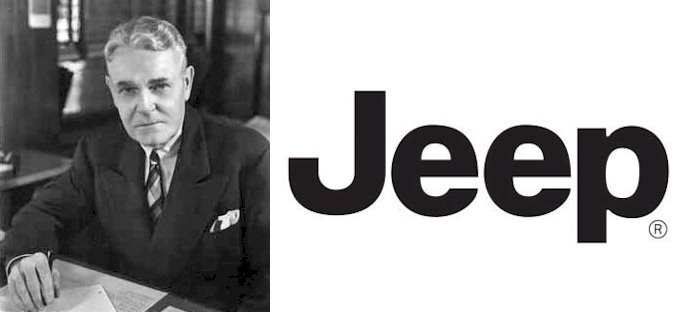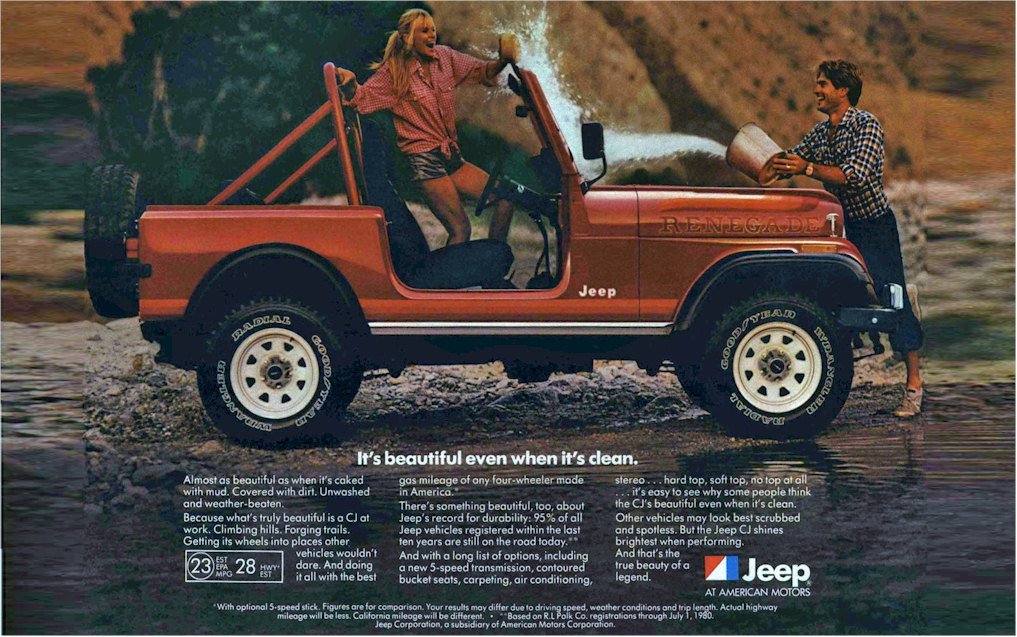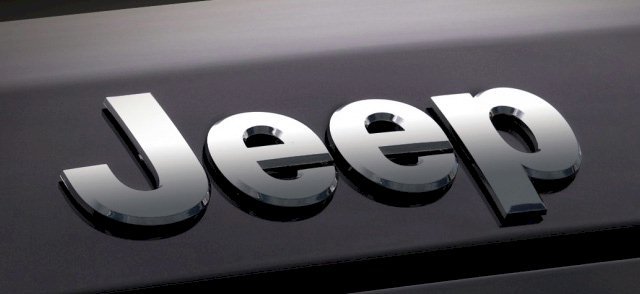This is an in-depth look at the jeep logo and the design elements of the logo.
One of the most iconic automobile manufacturers in the US, few things conjure up images of unbridled freedom and rugged durability like a Jeep. Since 1941, the brand has been producing powerful, tough vehicles for both military and civilian use. As for their recent success, Jeep sales in the USA alone added up to 930,458 units in 2016. The jeep logo and brand is recognized by millions of people all over the globe.
The brand and logo have certainly enjoyed a tremendous amount of success over the years, and in this article, we will explore the role the Jeep logo played in their success as well as the interesting history of the Jeep brand.
The History of Jeep
Since its creation, the Jeep brand has gone through several owners. The first owner was Willys-Overland, who responded to the Army’s request to produce a four-wheel-drive vehicle that could be used in reconnaissance operations. Willys-Overland worked alongside the American Bantam Car Company and Ford to produce the first prototypes.
After the war, only Willys-Overland remained involved in the production of Jeeps, and thus they were given the privilege to trademark the name. In 1945, the company produced the first civilian Jeep (a model they actually called the Civilian Jeep or CJ for short). Eight years later, though, Willys-Overland sold the Jeep brand to Kaiser Motors. Kaiser Motors was able to hang on to the brand until 1970 when they sold it to the American Motors Corporation (AMC). Still, the Jeep brand had one final transfer to undergo before it would it find its current owner; in 1987, Chrysler bought out AMC and still owns the Jeep brand to this day.
Over the course of this life-cycle, though, Jeep has enjoyed a rich and colorful history. Through both WWI and WWII, Jeep produced vehicles for American forces, giving the brand an instrumental role in helping Allied forces towards their eventual victories. Postwar, Jeep continued producing vehicles with the same high-quality construction, unparalleled durability, and renowned off-road capabilities, this time for a civilian market. To this day, Jeep continues producing vehicles that are tougher than most anything on the road; the Jeep Wrangler, for example, is one of the few vehicles still made with solid front and rear axles – a construction is known for its durability, articulation, and strength.
As for where the name “Jeep” came from, it’s thought to be a verbal abbreviation of one of the prototypes first produced by the Ford, Willys-Overland, and American Bantam Motors team, the Ford GP. The name stuck, and so did the logo that the brand designed for this new caliber of vehicle.
History of the Jeep Logo
Little is known about the history of the Jeep logo, and, for a period of time, the logo didn’t even appear on the Jeeps that were produced. Instead, only the name “Jeep” appeared on the vehicles. Though Jeep did eventually begin putting their logo on the Jeeps they produced, recent models have reverted back to only including the brand name on the vehicle. Currently, Jeep only uses their full logo for certain marketing campaigns.
This decision to not include their full logo on the vehicles is more of a testament to the popularity and recognition of the Jeep name than it is reasonable to believe Jeep’s logo was unpopular. Through Jeep’s involvement in WWI and WWII, their name was made synonymous with toughness, durability, and the American spirit. When it came time to market their vehicles, all the brand needed to do was put the word “Jeep” on them, and the message was loud and clear.
Design Elements of the Jeep Logo

The complete Jeep logo is a design that looks similar to the grill of a car bookended by two circles that are meant to represent headlights. It’s a design that is distinctly different from logos used by most automobile brands – in most automobile logos, ovals, circles, shields, and the like are commonplace. For the font used to spell out “Jeep” which is typically located above the grill and headlight design of the logo, the brand uses a Helvetica Bold typeface.
The colors of the Jeep logo have changed a few times over the years. The first officially registered logo used a red and gold color scheme, but the brand would later swap the gold out for blue after Jeep was acquired by AMC. Today, the Jeep logo is depicted in a solid, dark-green color – a decision that was likely a homage to Jeep’s rich history with the US military.
All things considered, the Jeep logo is a rather simple one, simplified even further by the fact that the brand chooses to only use the full logo for certain promotions and instead marks all of their vehicles with only the word “Jeep”. In a way, though, this simplicity is the most important part of the logo’s design in that it remains true to the brand it represents.
There’s an urban legend that the name Jeep is an acronym for Just Enough Essential Parts. Regardless of whether this is really where the name came from, the message is true. One of the reasons that Jeeps are so tough and reliable is the fact that they don’t come equipped with a bunch of bells and whistles that can malfunction. Jeeps are simple yet effective, so it only makes sense from a design standpoint to create a logo with the same qualities.
The popularity of the Jeep Logo
It’s hard to say that the Jeep logo is incredibly popular when even the brand itself rarely makes use of it. Even still, Jeep, a brand that was bound to be known far better for their name than their logo, still saw the importance of having a great, recognizable logo.
At the end of the day, you don’t have to saturate your advertising campaigns with your logo for it to still be an important, irreplaceable part of your brand. Even though Jeep rarely showcases their full logo, the Jeep logo is still representative of one of the most historic, recognized automobile brands still around today. This fact alone makes the Jeep logo as important and rich in history as any logo that’s out there.










